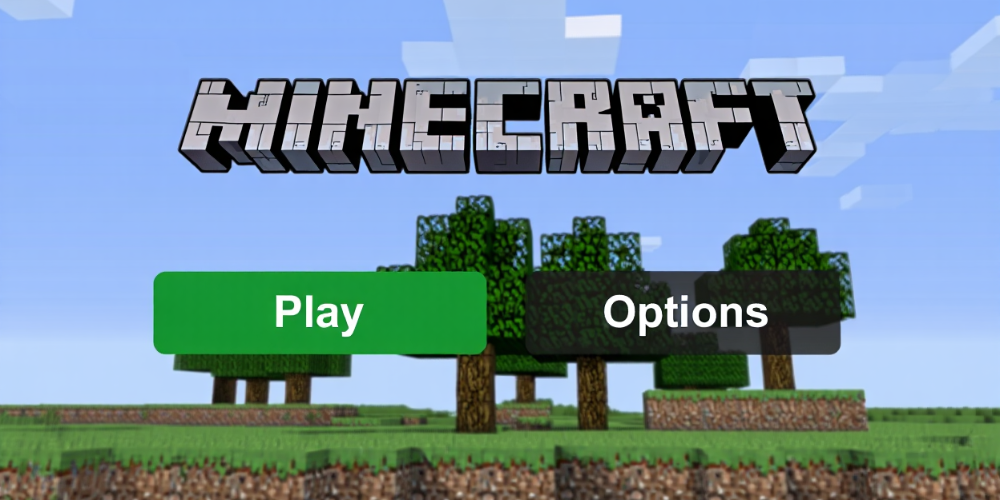
Minecraft Preview 1.21.130.24 is the newest Bedrock pre-release build that lets you try incoming fixes and features before they roll into the main game. The official post you shared is the source of truth for exact changes, platform availability, and any known issues, so keep it open while you test. Think of Preview as a sandbox for feedback: you can validate bug fixes, explore parity tweaks, and feel out performance shifts in a low-risk environment. The smart move is to treat this like a lab session—work on copies of worlds, keep notes about what feels better or worse than the live version, and report anything unexpected with clear reproduction steps. That way your playtime doubles as signal that helps the team steady the final release.
If you’re new to Preview, installation is straightforward but varies by device. On Xbox and Windows, install the standalone Minecraft Preview app from the store and let it live alongside your main Bedrock installation; they are separate icons, separate data, and safe to run in parallel. On iOS and Android, Preview is distributed through TestFlight or the Play Store’s testing channel when slots are available; the newsroom article lists the active links and regions. Whatever your platform, do not open your primary survival world directly—export or copy it first, then test on the duplicate so you’re insulated from data changes that sometimes accompany previews. Cloud saves sync fine, but manual backups are your best safety net when experimenting.
Before you dive into gameplay, set up a clean testing environment. Create one fresh world to sample new defaults and one upgraded copy of a current world to check compatibility. Toggle any experimental switches the post calls out, and annotate which toggles were active when you observe behavior; many changes only apply when a specific experiment is enabled. For performance, keep your device’s render distance and simulation distance consistent with your live settings so you can make apples-to-apples comparisons, and pay attention to chunk loading at speed, mob density, and redstone-heavy rooms that previously stressed your device. If you feel hitching after a short session, restart once to clear caches before deciding it’s a regression.
Gameplay and parity checks are where Preview shines. Bedrock previews in this branch often touch pathfinding, block interactions, UI or control polish, and parity with Java for edge cases like piston updates, waterlogging nuances, or villager behavior around workstations. Use a short checklist in your head: do farms still tick as expected, do minecarts stop at your gates and detectors reliably, do tamed mobs obey sit/stand correctly, and does the touch or controller layout feel consistent if a recent UI pass landed. If the article mentions feature flags or targeted fixes, visit those systems first; reproducing the “before” and “after” on the same map is the fastest way to build confidence.
Creators and server hosts should treat this build as a compatibility rehearsal. Open your behavior packs and scripts to verify version manifests, API calls, and event hooks still fire as intended, and keep an eye on any deprecation notes listed in the post. Texture and resource packs should be tested for mipmap clarity and emissive balance under the latest lighting and post-processing, and UI packs deserve a quick pass to ensure anchor points and safe zones remain correct on different aspect ratios. If your realm or hosted server uses command blocks extensively, run a short scenario sweep to confirm scoreboard updates, execute ordering, and summon/teleport positions haven’t shifted due to subtle engine tweaks.
Multiplayer is supported in Preview, but align expectations with your group. Everyone needs to be on the same Preview build number to avoid version mismatch errors, and cross-play within Preview follows the usual platform rules. Because pre-release servers prioritize correctness over sheer throughput, big redstone or mob farms can reveal tick-rate sensitivity that doesn’t appear on release; that’s useful signal, not a bug by itself. If you rely on Realms for your main world, keep that on release and spin up a temporary local or LAN session in Preview for focused testing so you don’t disrupt your routine.
When you hit a quirk, capture it well. The most helpful reports include your device and OS, the exact build number 1.21.130.24, whether the world was new or upgraded, which experiments were on, and the step-by-step path to make it happen again. Screenshots with coordinates, short clips, and a pared-down test world that reproduces the issue transform a vague complaint into a fixable ticket. Use the in-game feedback links or the bug tracker the post references; avoid duplicate reports by searching for the symptom first. If a Preview update lands while you’re mid-testing, re-check the changelog and re-run your key scenarios—small follow-up patches often land quickly.
Bottom line: install Minecraft Preview 1.21.130.24 alongside your main game, test on copies, focus on the areas the article highlights, and write crisp reports when something feels off. You’ll get an early feel for what’s next while helping stabilize the release for everyone else. For specifics about new toggles, fixed issues, and platform availability, rely on the official post you shared, then enjoy a session or two of low-stakes exploration to see what’s changed in your favorite builds and biomes.